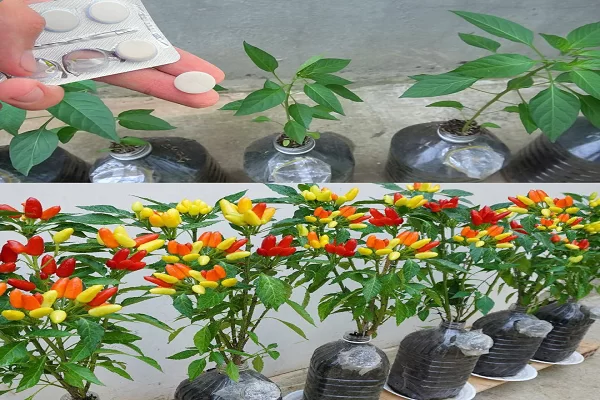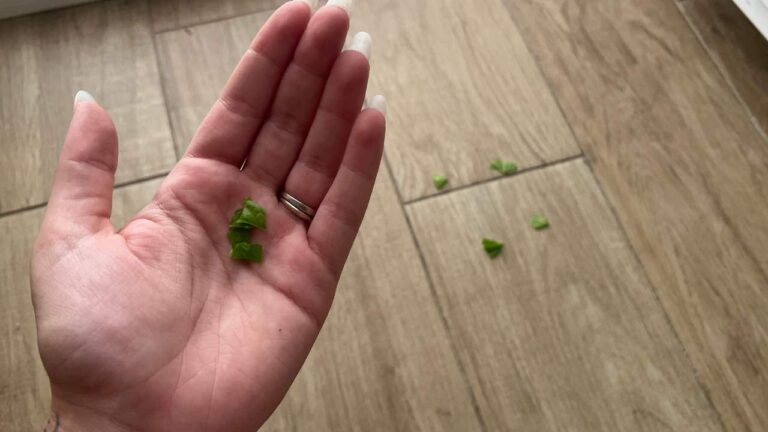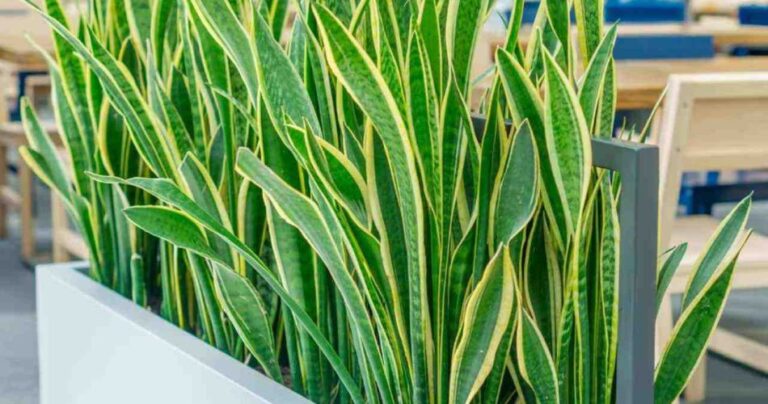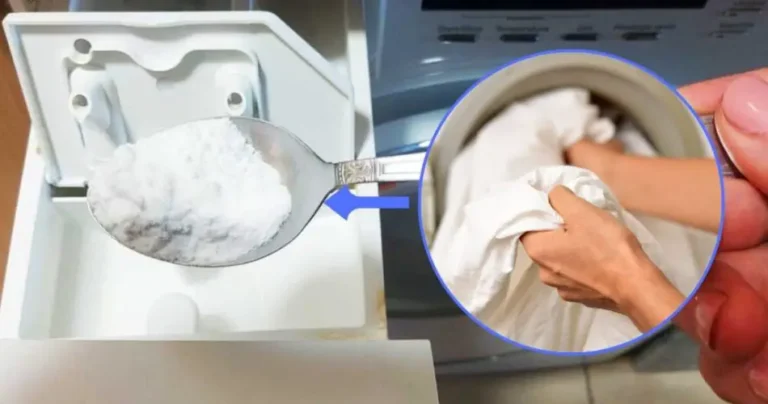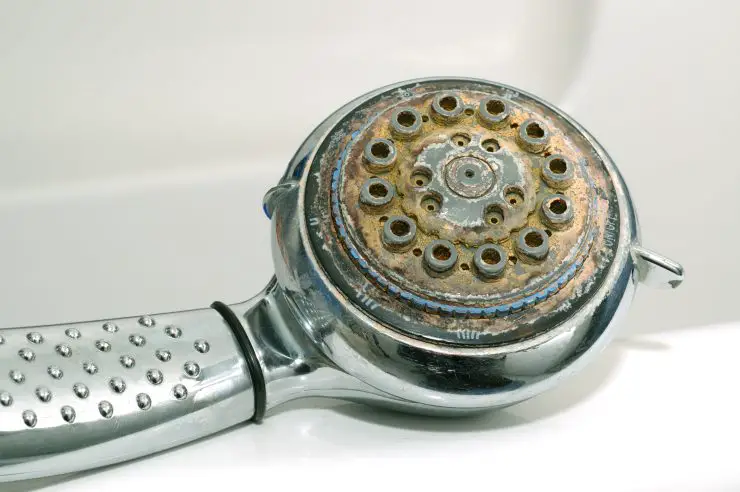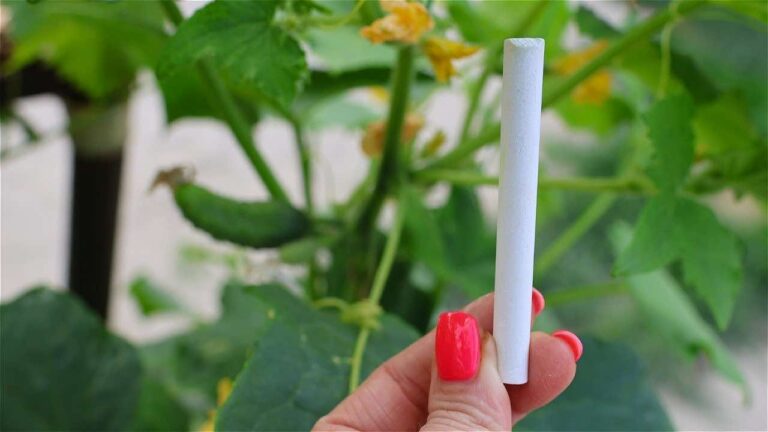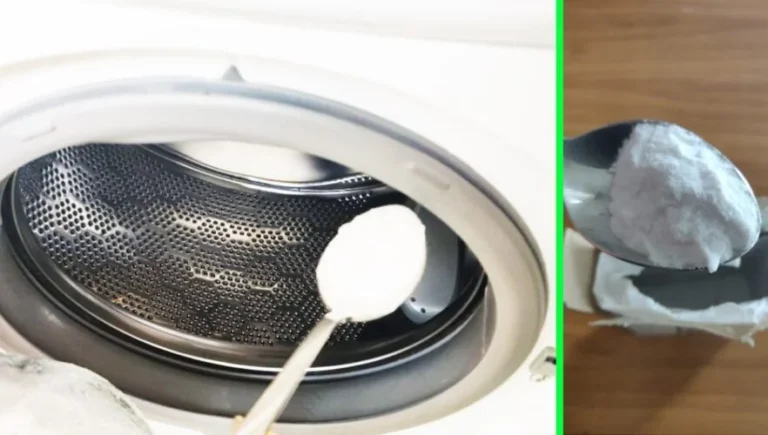Growing Chili Peppers At Home: Tips For Vibrant Growth
Growing chili peppers at home can be a rewarding experience for gardening enthusiasts and cooking enthusiasts. Not only does this add a touch of freshness to your dishes, but it also offers the ability to customize your chili selection based on your preferences. To ensure dynamic growth of your pepper plants, follow these practical tips.
1. Choice of Varieties
Start by choosing the varieties of chili peppers that best suit your tastes and cooking preferences. Varieties can vary in flavor, spiciness level, and color. Jalapeños, habaneros, and cayenne peppers are popular choices for beginning growers.
2. Selecting the Right Soil
Soil plays a crucial role in the success of growing chili peppers. Opt for a quality potting mix that is well-drained and rich in nutrients. Chili peppers prefer slightly acidic to neutral soil. You can also add compost to improve soil structure and provide essential nutrients.
3. Ideal Growing Conditions
Chili peppers thrive in hot conditions. Be sure to provide them with a sunny location with at least six hours of direct light per day. They also need consistent temperatures, ideally between 20 and 30 degrees Celsius. If you are growing chili peppers indoors, use grow lights to compensate for the lack of natural light.
4. Regular Watering
Chili peppers need regular watering, but avoid excess water, as this can lead to fungal diseases. Water when the soil feels dry to the touch, but be sure not to let the soil become completely dry. Regular watering contributes to healthy growth and abundant fruit production.
5. Proper Fertilization
Use a balanced fertilizer, rich in phosphorus and potassium, to promote optimal flowering and fruiting. Avoid excess nitrogen, as this can encourage leaf growth at the expense of fruit. Apply fertilizer according to package recommendations and adjust according to the specific needs of your plants.
6. Pest and Disease Management
Watch for signs of pests such as aphids and mites, as well as common diseases like root rot. Use organic methods or natural pesticides to minimize pest damage while maintaining a healthy environment for your plants.
By following these tips, you will be well on your way to successfully growing chili peppers at home. Remember to adjust these recommendations based on the specifics of your pepper varieties and your local environment. With a little care and attention, you will soon be harvesting flavorful chili peppers grown proudly in your own garden.
